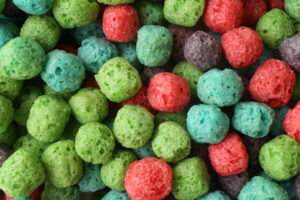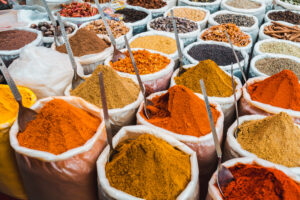Rooted in Science
How Givaudan’s agronomists develop natural colouring solutions from carrots
Speakers: Nicolas Jegouic, Head of Agronomy and Fanny Fourcade, Agronomist
In this first episode of our new Colour Journey, Givaudan’s agronomists take you to one of our pilot farms in Aix-en-Provence, France. You’ll discover how Givaudan’s agronomy expertise transforms carrots into a brilliant orange coloring food.
Thirsty for more content? You can listen to our other podcast episodes here.






